Back to Courses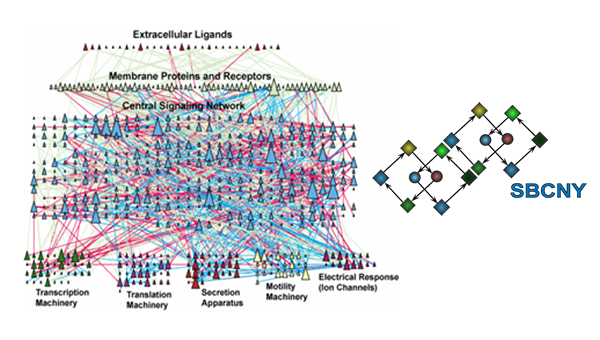

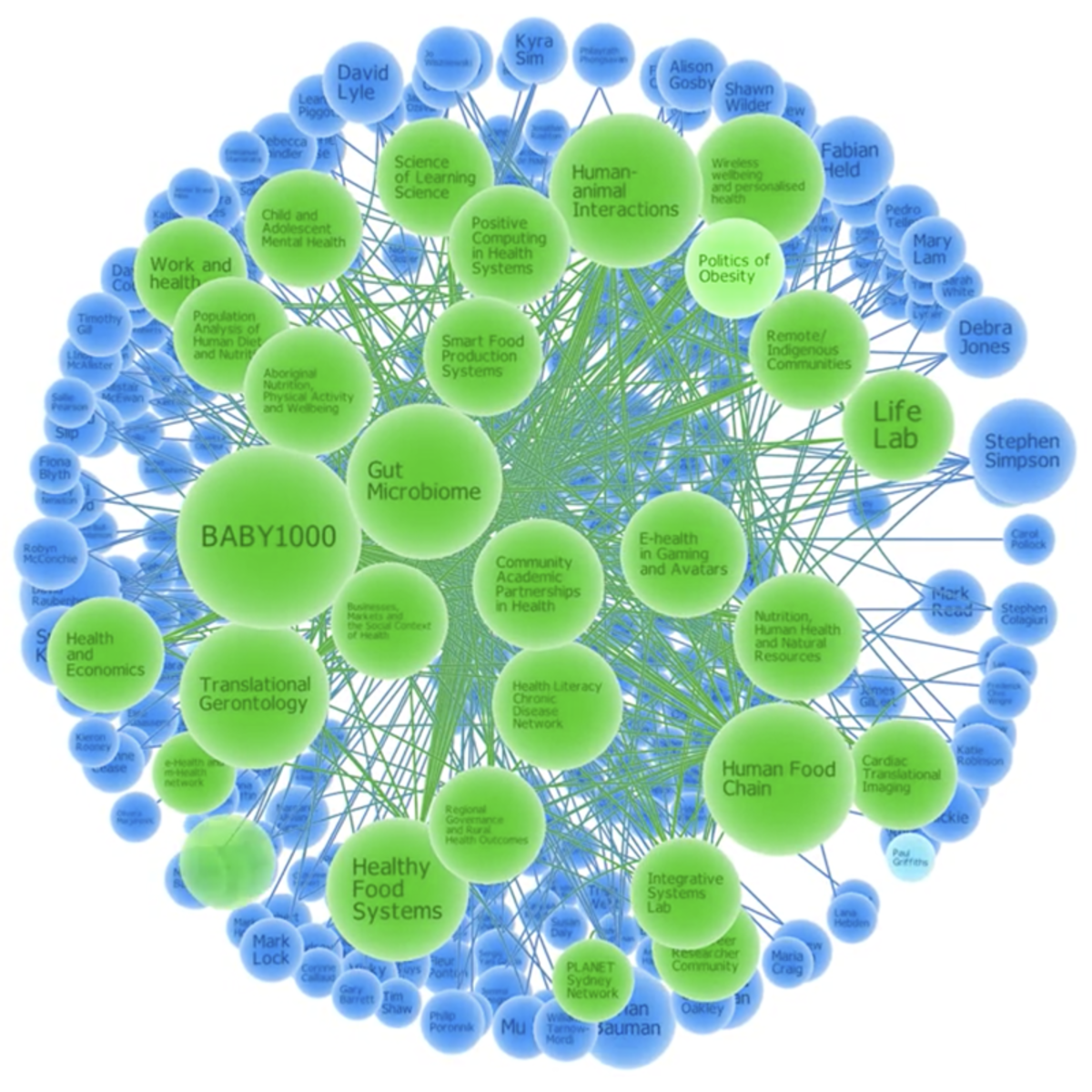
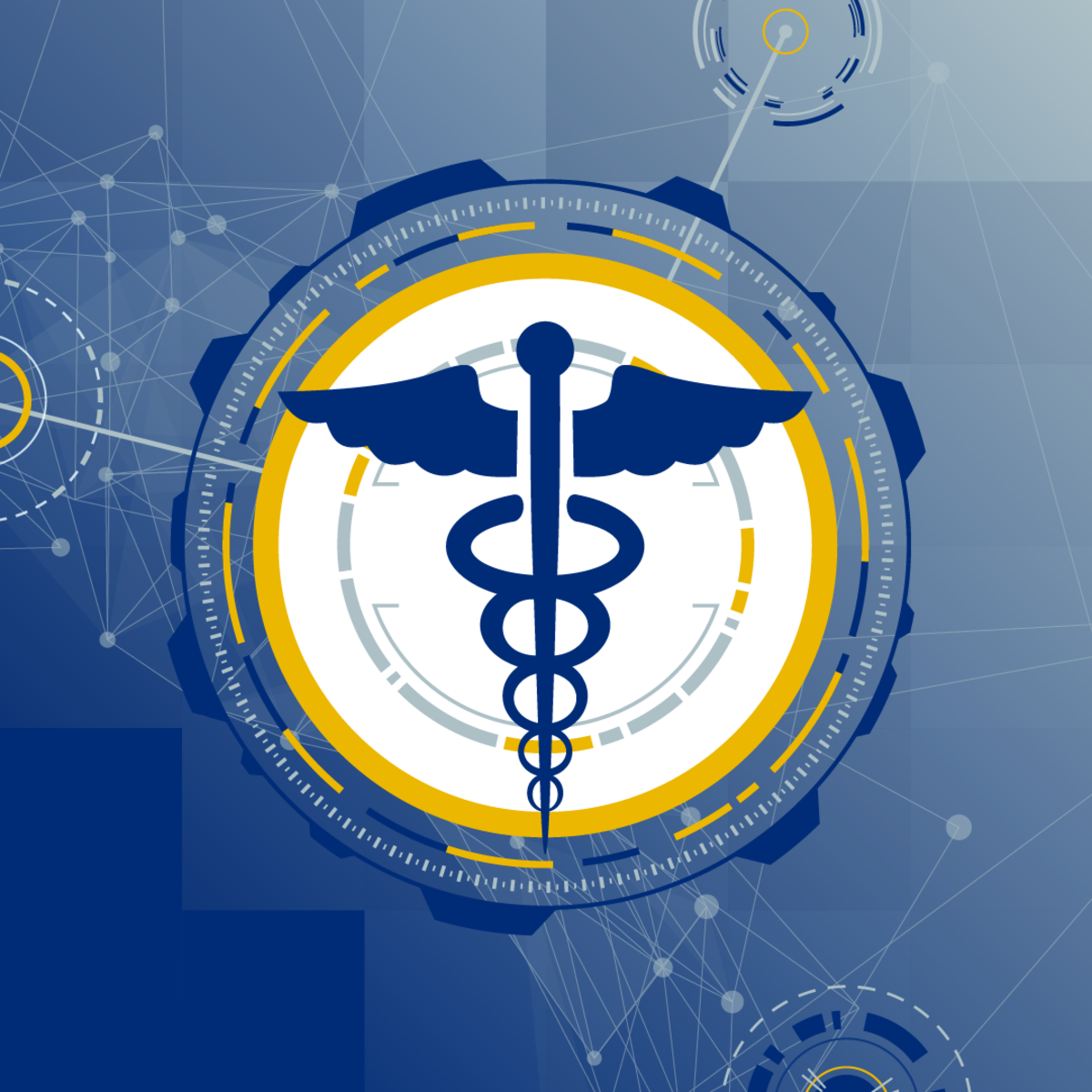

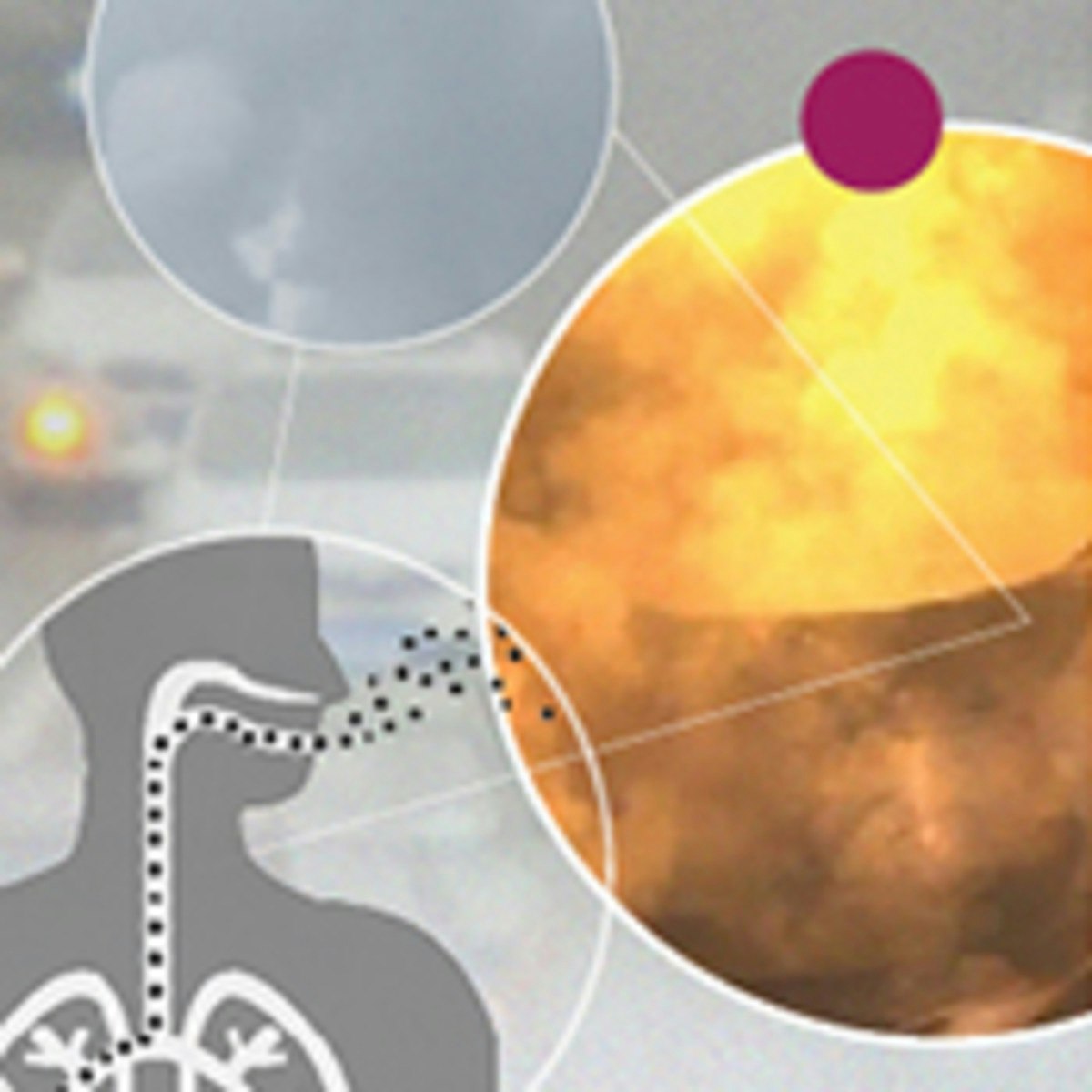
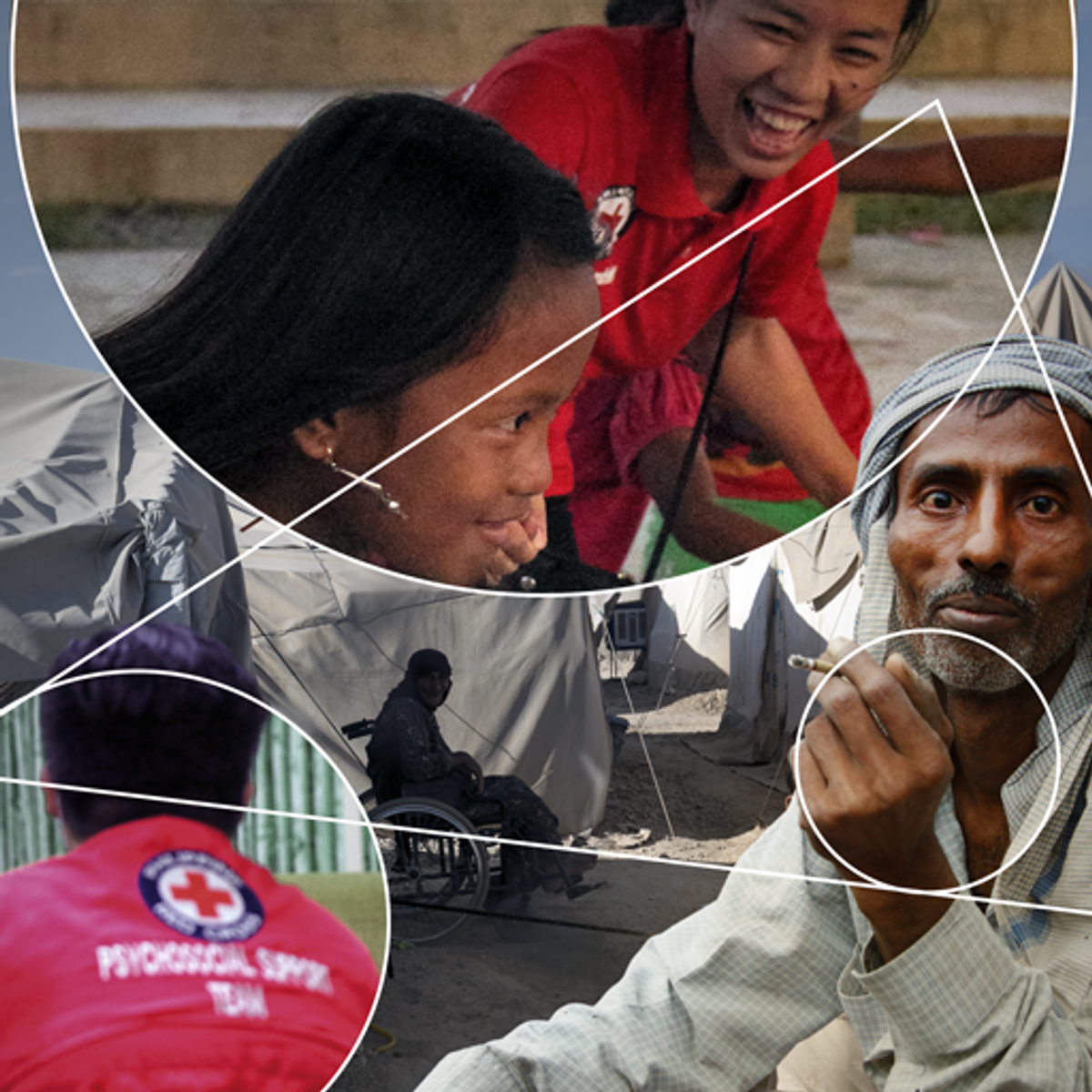



Life Sciences Courses - Page 4
Showing results 31-40 of 644

Introduction to Systems Biology
This course will introduce the student to contemporary Systems Biology focused on mammalian cells, their constituents and their functions. Biology is moving from molecular to modular. As our knowledge of our genome and gene expression deepens and we develop lists of molecules (proteins, lipids, ions) involved in cellular processes, we need to understand how these molecules interact with each other to form modules that act as discrete functional systems. These systems underlie core subcellular processes such as signal transduction, transcription, motility and electrical excitability. In turn these processes come together to exhibit cellular behaviors such as secretion, proliferation and action potentials. What are the properties of such subcellular and cellular systems? What are the mechanisms by which emergent behaviors of systems arise? What types of experiments inform systems-level thinking? Why do we need computation and simulations to understand these systems?
The course will develop multiple lines of reasoning to answer the questions listed above. Two major reasoning threads are: the design, execution and interpretation of multivariable experiments that produce large data sets; quantitative reasoning, models and simulations. Examples will be discussed to demonstrate “how” cell- level functions arise and “why” mechanistic knowledge allows us to predict cellular behaviors leading to disease states and drug responses.

Anatomy of the Chest, Neck, Abdomen, and Pelvis
WARNING: THESE VIDEOS CONTAIN IMAGES OF HUMAN DISSECTION. MAY BE DISTURBING TO SOME.
Human structure is important to all of us as it has been for millennia. Artists, teachers, health care providers, scientists and most children try to understand the human form from stick figure drawings to electron microscopy. Learning the form of people is of great interest to us – physicians, nurses, physician assistants, emergency medical services personnel and many, many others.
Learning anatomy classically involved dissection of the deceased whether directly in the laboratory or from texts, drawings, photographs or videos. There are many wonderful resources for the study of anatomy. Developing an understanding of the human form requires significant work and a wide range of resources.
In this course, we have attempted to present succinct videos of human anatomy. Some will find these images to be disturbing and these images carry a need to respect the individual who decided to donate their remains to benefit our teaching and learning.
All of the dissections depicted in the following videos are from individuals who gave their remains to be used in the advancement of medical education and research after death to the Yale School of Medicine.
The sequence of videos is divided into classic anatomic sections. Each video has a set of learning objectives and a brief quiz at the end. Following each section there is another quiz covering the entire section in order for you to test your knowledge.
We hope these videos will help you better understand the human form, make time that you may have in the laboratory more worthwhile if you have that opportunity and help you develop an appreciation of the wonderful intricacies of people.
ANATOMY OF THE CHEST, NECK, ABDOMEN, AND PELVIS WAS PRODUCED IN PART DUE TO THE GENEROUS FUNDING OF THE DAVID F. SWENSEN FUND FOR INNOVATION IN TEACHING.
This work was supported in part by the Kaplow Family Fund, Yale School of Medicine.
COURSE CURRICULUM: ANATOMY OF THE THORAX, HEART, ABDOMEN AND PELVIS
RECOMMENDED TEXT
GRAY’S ANATOMY FOR STUDENTS, RICHARD L DRAKE, ELSEVIER. ONLINE AND PRINT EDITIONS
ADDITIONAL RESOURCE
ATLAS OF HUMAN ANATOMY, FRANK H NETTER, ELSEVIER. ONLINE AND PRINT EDITIONS.
We would like to thank all of those who have contributed to the creation of this course:
Charles C Duncan, MD, Producer & Director, Professor of Neurosurgery, Pediatrics and Surgery (Anatomy), Yale School of Medicine
William B Stewart, PhD, Associate Producer, Narration, Anatomist, Chief Section of Human Anatomy, Department of Surgery, Yale School of Medicine
Shanta E Kapadia, MBBS, Anatomist, Lecturer in Anatomy, Section of Human Anatomy, Department of Surgery, Yale School of Medicine
Linda Honan, PhD, Professor, Yale School of Nursing
Harry R Aslanian, MD, Associate Professor, Department of Medicine (Gastroenterology) Yale School of Medicine
Jonathan Puchalski, MD, Associate Professor of Internal Medicine (Pulmonary), Yale School of Medicine
Michael K. O’Brien, MD, PhD, Assistant Clinical Professor of Surgery, Yale School of Medicine
Mahan Mathur, MD, Assistant Professor of Radiology and Bio-Medical Imaging, Yale School of Medicine
Lei Wang, MLS & Kelly Perry, Technical, Yale Medical Library
Anna Nasonova, Artist, Yale School of Architecture
Rachel Hill, Artist and Technical, Yale College
Philip Lapre, Technical, Section of Anatomy, Department of Surgery, Yale School of Medicine

Easing the burden of obesity, diabetes and cardiovascular disease
This course is multidisciplinary in nature, and aims to equip the global audience of interested lay people, people with chronic disease, public health researchers, health clinicians, students, administrators, and researchers to reflect on the overall impact of the burden of chronic disease . It shows how all chronic diseases (obesity, diabetes, cardiovascular disease, chronic obstructive pulmonary disease, and cancer) are related by a set of common causes, and that such diseases should be tackled, not individually, but as part of a complex system, with interrelated contributing factors. These factors are genetic, environmental, psychological, economic, social, developmental, and media related.
The Charles Perkins Centre at the University of Sydney is a unique interdisciplinary education and research hub which seeks solutions to chronic disease through a complex systems approach. Academics in many disciplines (in Science and Medicine, but also in Architecture, Humanities, Law etc) work in a collaborative fashion to produce novel solutions to the problems of chronic disease. All contributors and participants in this course are members of the Charles Perkins Centre and will speak from the unique interdisciplinary perspective that this Centre affords.
The course will describe a complex systems approach as the most productive way to ease the burden of chronic disease. It then describes these diseases in detail, their risk factors, and the environmental and biological factors that have led to the current epidemic of obesity, diabetes and cardiovascular disease. Finally, the solutions – and more importantly the process for finding solutions- is the subject of the last module. No one approach by itself can ever be the answer, and certainly not a simple diet and exercise approach.
The entire course consists of 5 content modules, plus an extra module for completing assignments and discussions, and takes about 6 weeks to complete. Completion certificates are issued on the basis of participation in all 6 modules.
What you'll learn:
- How the Charles Perkins Centre recruits interdisciplinary teams to ease the burden of chronic disease
- How a complex systems approach is necessary to provide solutions to a complex problem
- The fundamentals of chronic disease research and where it is heading
- The biggest risk factors for chronic disease and their global incidence
- The biological, genetic, social, regulatory, and other influences that have inflated these risk factors
- How to provide solutions globally for the reduction of chronic disease

The Data Science of Health Informatics
Health data are notable for how many types there are, how complex they are, and how serious it is to get them straight. These data are used for treatment of the patient from whom they derive, but also for other uses. Examples of such secondary use of health data include population health (e.g., who requires more attention), research (e.g., which drug is more effective in practice), quality (e.g., is the institution meeting benchmarks), and translational research (e.g., are new technologies being applied appropriately). By the end of this course, students will recognize the different types of health and healthcare data, will articulate a coherent and complete question, will interpret queries designed for secondary use of EHR data, and will interpret the results of those queries.

Big Data, Genes, and Medicine
This course distills for you expert knowledge and skills mastered by professionals in Health Big Data Science and Bioinformatics. You will learn exciting facts about the human body biology and chemistry, genetics, and medicine that will be intertwined with the science of Big Data and skills to harness the avalanche of data openly available at your fingertips and which we are just starting to make sense of. We’ll investigate the different steps required to master Big Data analytics on real datasets, including Next Generation Sequencing data, in a healthcare and biological context, from preparing data for analysis to completing the analysis, interpreting the results, visualizing them, and sharing the results.
Needless to say, when you master these high-demand skills, you will be well positioned to apply for or move to positions in biomedical data analytics and bioinformatics. No matter what your skill levels are in biomedical or technical areas, you will gain highly valuable new or sharpened skills that will make you stand-out as a professional and want to dive even deeper in biomedical Big Data. It is my hope that this course will spark your interest in the vast possibilities offered by publicly available Big Data to better understand, prevent, and treat diseases.

Air Pollution – a Global Threat to our Health
We all have to breathe to live. But the air we breathe is polluted both outdoors and indoors. Each year, this pollution costs 7 million lives across the globe – and a lot of suffering. 1 in 8 deaths is due to air pollution. This course will provide you with an introduction to the most recent research in the field of health effects of air pollution as well as a broader understanding of sources and spread of air pollution and what we should do about it.
What is air pollution? What are the sources? How and where are we exposed outdoors and indoors? What happens in the body? Which diseases are the result? Who are the most vulnerable? How can we assess the effects of air pollution? And what should we do to reach the Sustainable Development Goal to “substantially reduce the number of deaths and illnesses from hazardous chemicals and air, water and soil pollution”? These are some of the important questions we will address in the course.
During the course you will meet researchers and experts from the University of Copenhagen and the Technical University of Denmark. They work with different aspects of air pollution and health: toxicology, exposure assessment, epidemiology, engineering and health impact assessment. It is a global responsibility to combat the health impacts of air pollution, and this fight can only be won through new knowledge and global collaboration.
We hope you will join us in the course and equip yourself to take part in this global and individual health challenge.

Chronically Ill in an Emergency: Why Mental Health Matters
In humanitarian settings, mental ill-health is powerfully inter-connected with other non-communicable diseases (NCDs) such as cardiovascular diseases, cancers, diabetes and chronic respiratory diseases. Integrating mental health and psychosocial support (MHPSS) with NCD prevention and care might therefore be useful, both to be more effective, and to require fewer resources. There is, however, a lack of widely accepted guidelines that take this into account, and this course is intended to draw attention to that issue.
Attention to NCDs focused initially on four major disease categories (cardiovascular disease, diabetes, chronic respiratory disease and cancer) and four groups of associated risk factors (unhealthy diets, physical inactivity, tobacco use, and harmful use of alcohol). Recently, mental ill-health has been considered as the fifth NCD and environmental determinant as the fifth risk factor for NCDs – known as ‘5-by-5’ conditions.
The course has a threefold aim: i) to explore evidence of interaction between mental ill-health and other NCDs and the role of psychosocial support in humanitarian response; ii) to explore what is being done and where; what level the determinants of health are being addressed at and the integration of mental health and psychosocial support or MHPSS and NCD prevention and care in humanitarian response; and iii) to identify and explore challenges, opportunities and lessons learned for integrating MHPSS and NCD prevention and care in humanitarian response.
The MOOC will be led by a course leader from the University of Copenhagen in close collaboration with academic teachers, the Danish Red Cross and IFRC Reference Centre for Psychosocial Support, Copenhagen, Denmark.

Childbirth: A Global Perspective
This course will review challenges for maternal and newborn health in the developing world, where a great many women and babies are suffering from complications during pregnancy, childbirth, and the days following birth. Themes covered include the epidemiology of maternal and newborn mortality and morbidity, relevant issues for the global health workforce, community-based interventions to improve maternal and newborn health and survival, and sociocultural dynamics surrounding birth.
This course provides a broad overview of maternal and newborn health issues facing low-income and transitional countries, where more than 2.6 million babies are stillborn and nearly 500,000 women die during childbirth or from pregnancy-related complications each year. In the developing world, many women deliver at home without a skilled care provider, drugs, or technological supports. Maternal and newborn survival can be improved by mobilizing communities and improving access to skilled care.
Through lectures, case studies and readings, course participants will learn about delivery challenges for maternal and newborn health services and how to utilize community-based strategies to improve the health and survival of mothers and babies.

Designing Your Personal Weight Loss Plan
This 5 week course will guide learners through the essential steps in planning an individualized weight loss program. There is no guarantee of weight loss through completing the course; learners will have the framework and essential components for an evidence-based weight loss program. This course is intended for healthy adults who do not have any chronic disease such as diabetes, high blood pressure, heart disease, lung disease or any others. In addition, this course does not provide information for people who have food allergies or intolerances.
Losing weight and keeping it off requires planning and goal-setting. Crash diets or fad diets are ineffective and can be dangerous. This course provides evidence-based information for planning a weight loss program that is safe and effective in producing a one to two pound loss per week.
This course will help learners establish the following:
1. A realistic goal weight with a specific plan for rate of weight loss and time frame for achieving goal weight.
2. A realistic goal for the frequency, duration, and intensity of exercise that will enable the learner to achieve and maintain the goal weight.
3. A specific set of strategies for grocery shopping, eating in restaurants, eating at social occasions, and dealing with hunger and emotional eating.
4. A plan for monitoring food intake, exercise and weight loss.
5. A plan for continued evaluation of progress to goals and strategies for adjusting goals for continued weight loss for the next 6 months or longer.
6. A thorough understanding of the difficulty of maintaining weight loss and a plan for maximizing the chances of keeping off the weight lost.

Using Data for Healthcare Improvement
In this course, you will learn about the importance of measuring the quality of care and health outcomes in order to determine whether Quality Improvement(QI ) initiatives have achieved their aims. You will learn about how data is utilised to identify areas of improvement and the importance of using both quantitative and qualitative data in evaluating change. You will learn about the specific methods appropriate for improvement as distinct from methods more suited to research, including how to design measurement schemes suitable for improvement initiatives
Popular Internships and Jobs by Categories
Find Jobs & Internships
Browse
© 2024 BoostGrad | All rights reserved